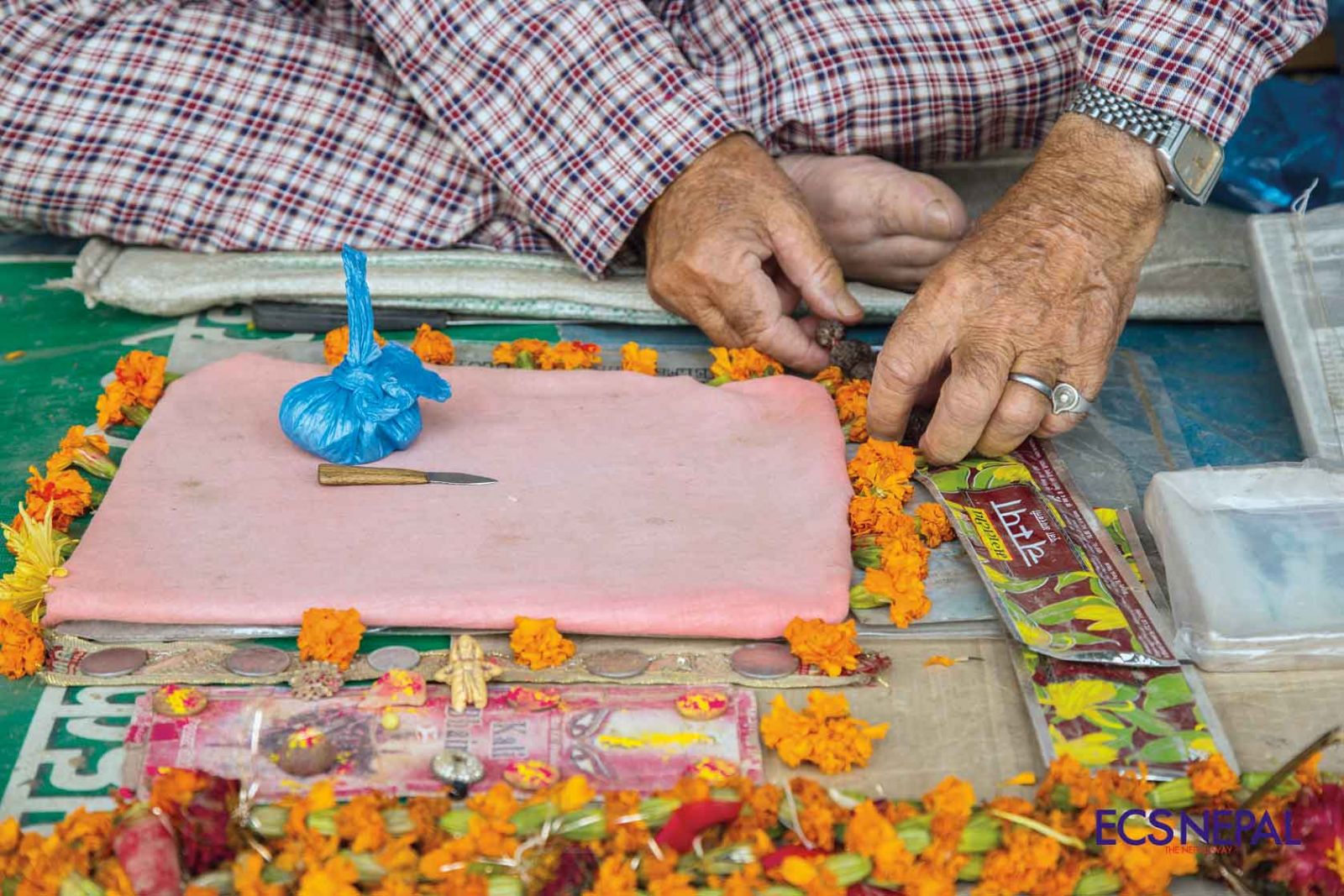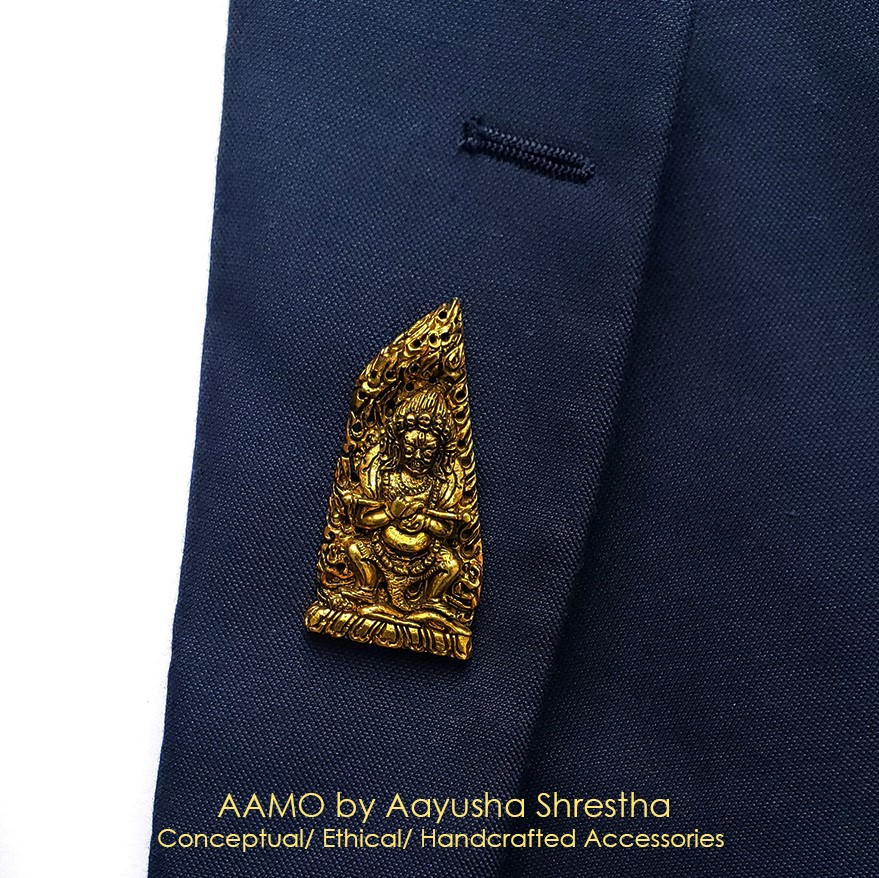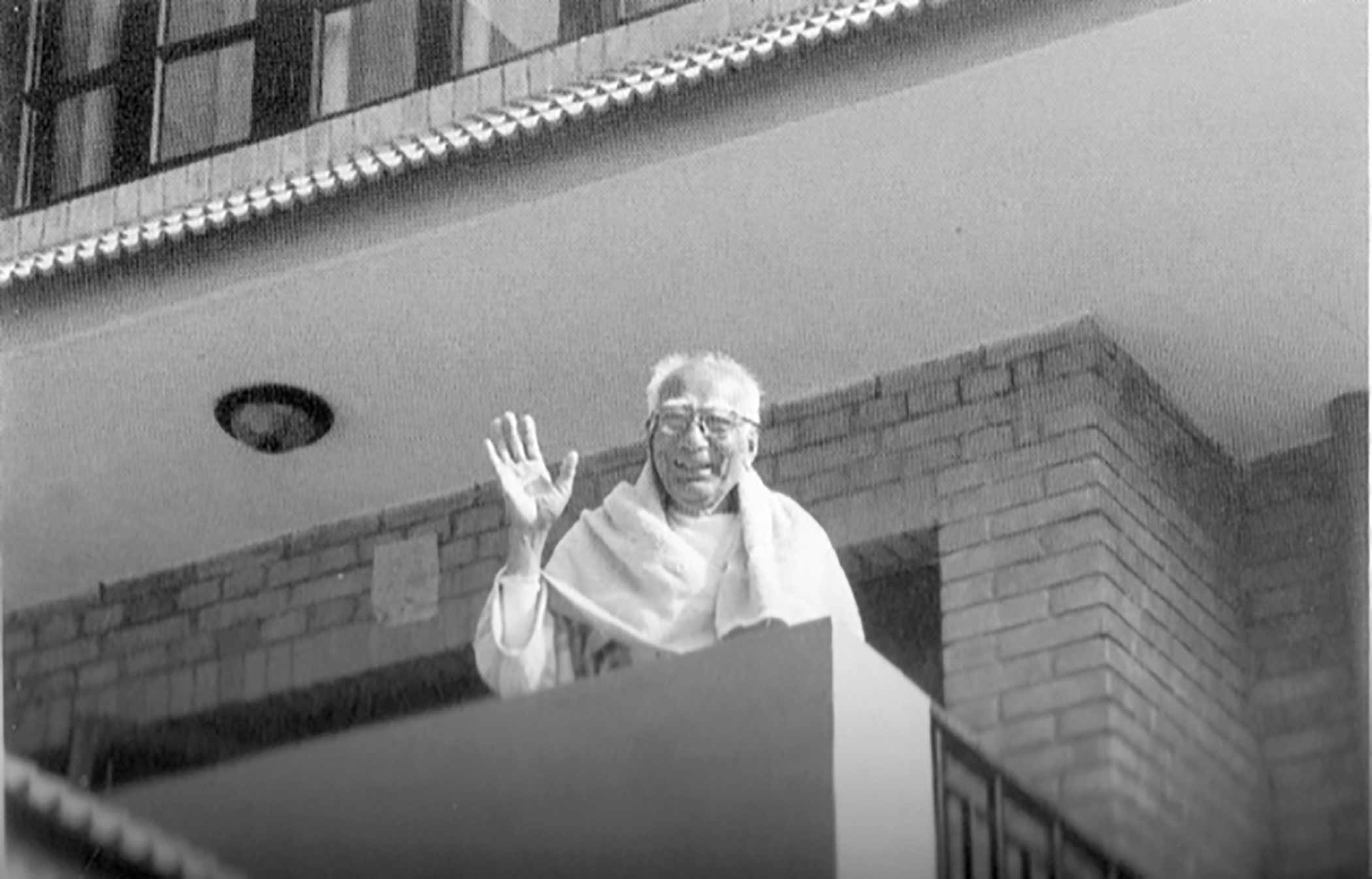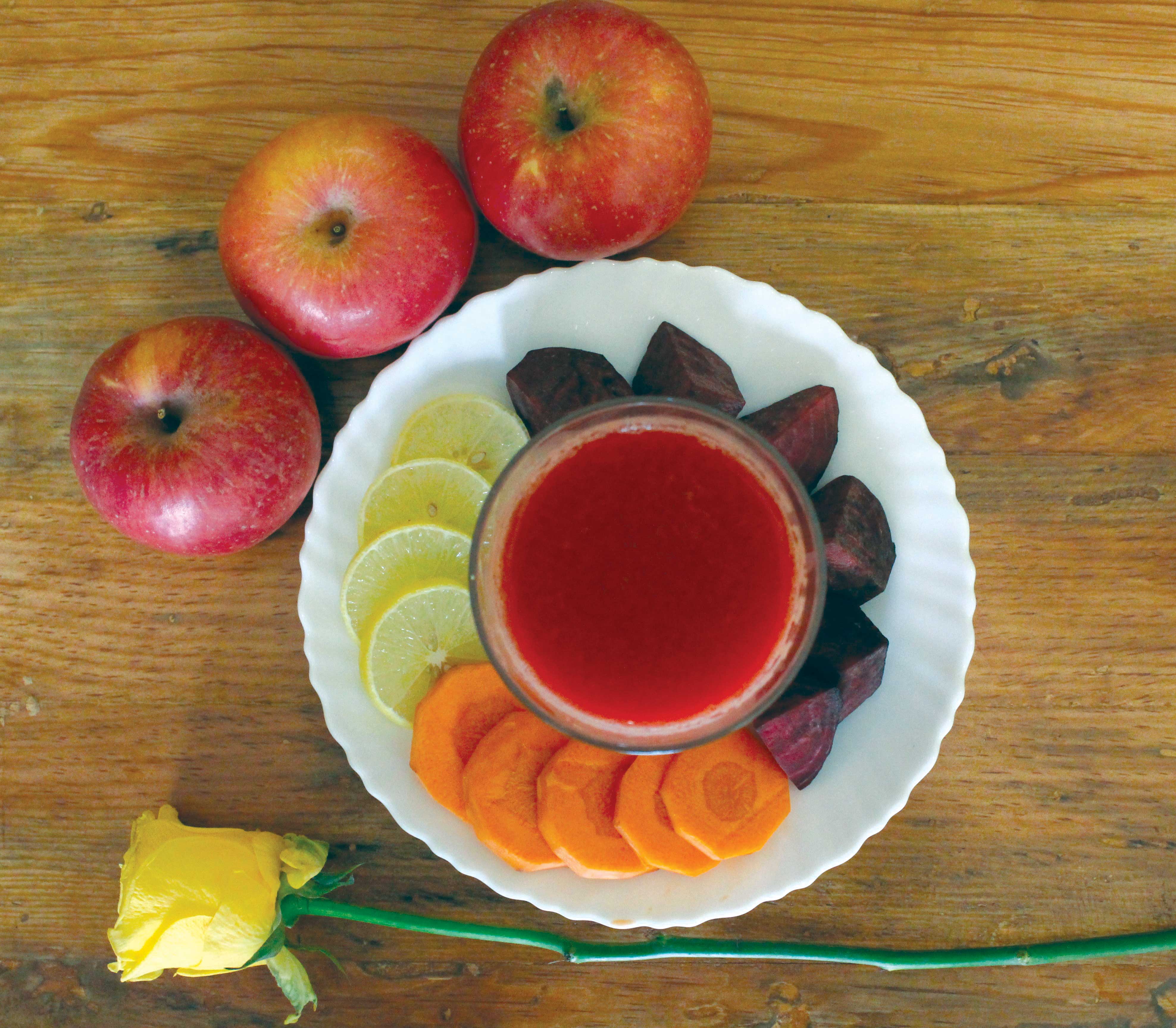My family’s surname is “Joshi,” derived from jyotishi, or astrologers. According to family lore, they fled the Mughal invasion and came to Nepal via Nainital...
My family’s surname is “Joshi,” derived from jyotishi, or astrologers. According to family lore, they fled the Mughal invasion and came to Nepal via Nainital, where they became court astrologers to the Shah monarchy. By my grandfather’s time, nobody on our side of the family knew anything about astrology, nor did they show any interest to pursue this arcane and antediluvian subject. My father, who has a BA in science, and my mother, who has a Masters degree in Nepali literature, both profess a steadfast disbelief towards the subject.
There were, however, enough relatives around to provide glimpses of a more interesting family history. I remember in particular one elderly relative in his eighties who did read charts, and who was treated with great respect not just because of his ability to read the future, but also because he was rumored to be short-tempered. He was known to walk back and forth in his wooden balcony in the middle of old Kathmandu, and hurl insults at King Birendra himself when he was feeling cranky. But because he was an elderly gentleman and an astrologer, he was left alone in the Panchayat days You don’t want an angry astrologer reading your chart—one never knows, after all, what could be said in such a moment.
My parents never did the karma kanda necessary for me as a child—my mother is fond of telling me that my pasni occurred in Guheswori Temple, that I, wearing a thirteen rupee cotton frock and a threemohar underwear, and that instead of rice and 108 dishes, I got to eat dahi-chiura (Thanks, mom.) She blames the Joshi family, and says they never did the pasni ceremonies for daughters, but I know this is not so, because there is documented proof to the contrary. My three female cousins, all older than me, had their pasni ceremonies documented for posterity in rich Kodak Techni color slides, showing them decked out in red embroidered velvet outfits, and with all the attendant festivities, which we used to project onto a white screen and watch while we were children. Then, there was the odd family tradition in which my father, who worked in Hotel Annapurna, would buy gorgeous birthday cakes for my brother and all my cousins, but somehow he never did that for me (My super-loving dad was influenced by my mother’s “Cake is a western tradition,” school of thought, I fear. Yes, I know I have a bad planetary configuration, but come on…) The only thing my parents did do correctly in the traditional realm, it seems, was to get a real astrologer to make a real birth chart for me.
Which is why that yellow piece of paper took on special significance when I finally saw it, rather late in life. And which I took with me to my first astrologer visit, at eighteen—a friend’s mother knew an astrologer in Ekantakuna, and she took me and another friend with her when she went. What I remember about that moment was the way in which this unassuming man, sitting in his leaking room and charging a hundred rupees for his service, seemed to give meaning and direction to the people whose charts were being read. Later, I would come to see how astrology functions as psychotherapy, as group counseling and as mental health support for a culture where none of those support systems exist through the medical or social service systems. Astrologers can act as financial advisors, marriage and divorce counselors, study-abroad consultants, migration advisors, teachers, and political advisors, amongst other roles.
I did not pay much more attention to astrology after that till I was twenty-nine, sharing an apartment in New York with two musicians and a poet. One of my house mates, a jazz musician, sat with me at the kitchen table that summer evening when the lights went out all over New York, and told me that twenty-nine was the age of Saturn’s return. Matt Lavelle is the least likely astrological guru I could imagine. He played the trumpet and the saxophone and to make a living, he worked in Tower Records. But his words stayed with me, and perhaps because it came from such an unexpected source, I began to wonder if people’s lives were indeed affected by the rhythm and movement of the planets. I was after all in New York right after 9/11, where jobs were hardest to find, and I was trying to make a living teaching students at the City University in New York. Saturn was at its peak, and I could feel the planetary heaviness.
So, what exactly was Saturn’s return? Saturn’s return, it turns out, is the amount of time it takes Saturn to do a full perambulation around the zodiac and come back full circle to the place where it was when a person is born. According to Matt, that was heavy, but powerful, moment of transformation. This got me thinking. Did the movement of the planets moving in their cosmic pathways have a powerful push and pull on human beings? Were we just stardust, connected to the constellations and the planets more intimately than we could imagine from our location of human supremacy and arrogance?
When I returned to Nepal shortly after, my brother printed out a kundali for me with his software. There was a great deal of talk about which software was the best one. I could see that this was a complicated program, with multiple functions for calculations of many aspects of time and space. The only problem was that I didn’t know what they signified. Also, there was that sudden silence and the pursed lips when he looked at certain aspects of my chart, which vexed me. The only way to know what was going on, I thought, was to learn astrology myself.
Which is what I did. From 2009, I started to read all the jyotish texts I could find, including the Brihat Parasara HoraShastra, the original text on which modern Vedic astrology is based. BV Raman’s Three Hundred Important Combinations is an easy read, and allows for beginning astrologers to quickly trace the combinations of planets on their charts, and how those “yogas” affect the houses in which they are placed. For those looking for a lucid and well-written book about the basics, Astrology of the Seers by Dr. David Frawley provides a simple introduction. With the advent of Youtube, the internet has also exploded with astrologers of all backgrounds teaching their subject. In particular, I find a young man called Kapiel Raj, who teaches with a refreshing mixture of humor and pop cultural pizzazz, to be bringing jyotish to a new generation of learners.
Jyotish is an ancient, vast, and complicated subject, intertwined with many different texts and traditions from North and South India. It is disheartening for me when I find that most people dismiss it outright without knowing anything about its history, philosophy, and practice. For most people educated in the Western system, jyotish is a folk tradition rife with superstition and fear, which they associate with unscrupulous astrologers using the predictive techniques to extort money from gullible customers. As I started to provide readings more frequently, I realized there was a logic and reasoning to the dakshina offering. When my Newar physiotherapist asked me to read her chart, she brought me a small offering—Rs.101 in an envelope. I protested, she insisted, because, she said, the reading would not be effective unless I was paid for the service.
The logic of the dakshina became even more clearer to me when two British ladies who’d approached me via the web got a reading from me, treated it in an offhand and disrespectful manner (I was a “fortuneteller” from which they were having a bit of fun), then paid me a fraction of what I’d said my fees was. It occurred to me that, in fact, the reading wasn’t very fruitful for them as it could have been, and that they had missed an opportunity to think about their life’s meaning and purpose in a deeper and more profound manner. This may be the reason why the ancient texts warn that this subject must never be taught lightly, and never to a student who would abuse its knowledge, or disrespect it.
During 2009, when I was thirty-six (the age when Saturn matures, naturally!), I came to meet an astrologer called Santosh Basistha. Santosh-ji reads the charts of everybody important in Nepal. Once, he had to run and hide from his overeager fans who were showing up at his house at all times of the day and night. In this unmarked new location, we sat chatting with his neighbor, a shopkeeper, who was incredulous at the sheer number of celebrities who had shown up at his doorsteps, seeking the man. Guru Basistha is a folksy hero with an actual classical education in astrology from Benaras Hindu University, imparting equal parts astrological and psychological analysis, gossip, and folk wisdom along the way. He was an instant hit with all of my friends, including one who got a reading just as she was coming out of a brutal eighteen-year-old Rahudasha, to a more easeful and kind Jupiter dasha. “People may appear to be a certain way, but only we jyotishi can see their true nature,” he’d said once. “We can see them with the inner eye.” Over the years, I’ve come to understand what he means by that line.
As some of you reading this article may know, I was buried in Mangal Hiti in Patan during the 2015 earthquake, and was bedridden for almost four months. During that time, what got me out of my depression was a jyotish reading—a friend of mine organized for me to do the reading for her husband’s business partner. Here was a real job, and I was forced to get myself up on bed, inspite of the excruciating pain on the left side of my back. For the first time, I had to sit up: there was no other choice. As I wrote up my analysis by hand, and recorded it on my cellphone, it occurred to me that the act of healing, which is often integral to an astrological read, was a two-way street. Not only was I doing an act of spiritual healing for my client, but I, in turn, was being healed by this process.

Later that year, this man asked me to do a read for another of his colleagues. What I could tell from this second chart is that he had suffered gravely in some manner, perhaps because of his health. “You have faced some torturous times due to your health,” I wrote in my fifteen-page report, which I sent him. It turned out that this young man had had cancer, and been in treatment which required him to be put into a machine and in treatment for almost six hours at a time. When he showed up at my house, he said to me: “You know me better than I do.” It is in moments like this that the truth of jyotish rings true—that, often, the “science of light” looks far deeper into the realms of the human soul than x-ray machines ever could. Six months later, I received a letter of thanks from him which said that this reading had been very important for him, and he was still processing everything I’d told him. I hoped, in some small way, that the reading had provided a session of “complementary healing” to what he’d already received from medical doctors—and also provided him a little window to look into, and face, that darkest of topics, the fear of death.
After doing readings for almost eight years, I have come to this conclusion: that there is an unnerving correlation between jyotish rules and how it manifests in the material world. One could argue that 9 planets, 12 houses, and 27 constellations, tied to various vague possibilities, could in fact be applied to almost any situation, and come across as halfway true. But, in fact, there are not just probabilities, but also certainties, and the more I practice it, the more I can see that there seems to be some strange connections between the movement of the planets and our own infinitesimal selves.
I was trained in social sciences in one of the best universities in the world (Brown University). I have my fair share of scientific skepticism and critical thinking skills. So that is perhaps why I spend as much time as I do thinking about this: what exactly is the reason that a planet’s movement from one side of the zodiac to the next could trigger a completely far-reaching change in a human being’s life? Let’s think about it. If we agree that animals are in fact affected by the movement of the Moon, and the lunar tides, we can agree that perhaps humans are too (our emotions change during full moon, as research suggests). Then there’s the Sun, which also rules the lives and rhythms of plants and animals. This we can see and document and agree upon. Why not then that the other seven planets also have a similar impact on the lives of animals—including humans? To me, this doesn’t seem as absurd and farfetched as Western science would like us to believe.
Saturn is the heaviest planet, and while it passes through the house where the Moon is placed, as well as the two adjoining signs, this period is considered by the jyotishis to be the most difficult time. This time is known as sade-sati, or the 7.5 years it takes Saturn to pass through these three houses. I don’t see why that should seem so absurd, considering that Saturn is the heaviest planet, no doubt exerting a powerful gravitational pull on our puny physical bodies. Almost everyone I know who has left an impact on this world on some material level, a famous scientist, artist, writer, philosopher, etc., tends to have either an exalted, or a retrograde, Saturn. Saturn is the karaka for hard work and discipline, an exalted one is particularly powerful, and retrograde makes it even more extreme. In other words, the weight of Saturn is often transformative, says astrology.
Mars in Third House is supposed to show athletic powers. During the Olympics, I found that those who excel in athletics do have Mars in some powerful position, or conjunct other planets which magnify its power. Invariably, those with Mars in Third are athletic in some form or fashion—if they were born in a country where they are not allowed to practice athletics, you can be sure they find ways to be competitive in some other way! Does the planet Mars somehow trigger certain sections of our bodies and brains, since it was exerting a certain gravitational pull during our birth? I don’t see why this hypothesis should be dismissed outright, after all, even Western scientists have very little idea of what goes on at Mars, let alone all its gravitational fields, and spectrums of light, and energies it is beaming into our planet and into our miniscule bodies in the moment of our birth! So, why would we reject this idea outright? But, Western education, oddly, does just that—reject the idea that these powerful revolving grahas above us have absolutely no push-and-pull in our lives, and the way certain events manifest into our lives. The stars are separate from us; inert bodies in the sky, not the powerful, pulsing forces of divinity as the Hindus worship them as being.
On a visit to Dhulikhel, learning of my interest in jyotish, an elderly Newar friend of mine brought out a kundali, the kind which I’d never seen before. It was a paper scroll, rolled up about thirty to thirty-five feet in length, written up not just with the divisional charts I was used to reading, but also markings I had never seen before. What were they? Who knew? I would have to make a copy and send it to different astrologers to see if they understood it. He said that the scroll had almost been cremated with his maternal uncle’s body, as is the tradition with birth charts (once your life story on this life is finished, so is your chart), but then he persuaded his relatives to let him save this magnificent chart. I asked him if the detailed readings that had been predicted for his uncle had come true. He said it had, and that he’d died quite close to the age in which his death had been predicted.
Life can be predicted, but can death? One woman told me a jyotish told her father that a khadgo time was upcoming, and that he had to be careful. His father did not believe this astrologer, and went on the trip—and then died on the month his death was predicted. “Do you think it was psychological?” I enquired. “Perhaps he feared subconsciously he would die, after hearing this prediction.” She shook her head. “He was bitten by a mosquito, and died of meningitis,” she replied.
After looking at people’s charts for almost eight years, I can say with full confidence that there are freaky “co-incidences” which our limited Western educated brains would simply not feel comfortable handling. Which can open up, if nothing else, an understanding that the cosmic system is larger than our human-centered understanding of it, that there’s more than meets the eye when it comes to time and space, and that the world we know through our limited senses and knowledge systems is bigger and vaster than we will ever know.
This, then, is the fruit of studying jyotish in many ways—a broadening up of the consciousness, a humbling of human arrogance and certainty, and a certain giving up of agency to the divine powers-that-be, which can often bring incredible relief when people are going through their toughest moments, which happens to the best of us. Out of nine planets, four are benefics, and five are malefics—meaning that nobody is going to be spared the human griefs and tragedies that beset everyone at some point or another in their lives. Jyotish allows and accounts for these moments, predicts it beforehand, and readies people to think about life in a more multi-faceted and complex manner than the linear, modern ways in which we now parse the darkness and lightness of life.








